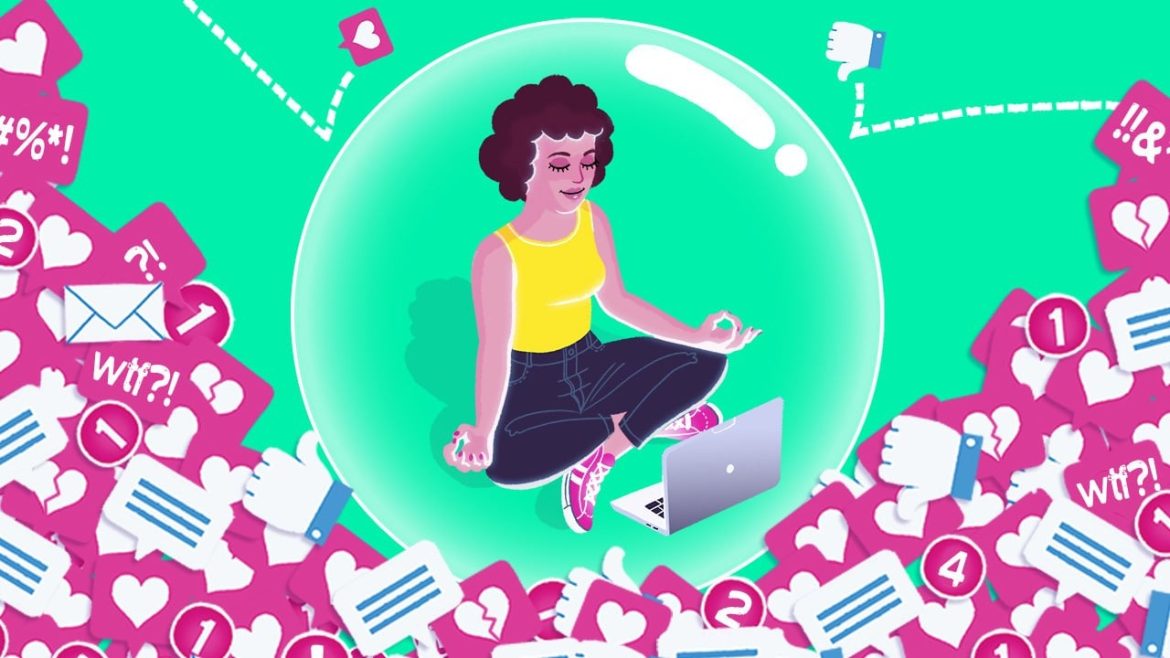In today’s hyper-connected world, technology plays an integral role in our daily lives, offering countless benefits and conveniences. However, the pervasive presence of digital devices and constant connectivity has also led to concerns about the impact of technology on our mental and physical wellbeing. This article delves into the concept of digital detox, exploring its significance, benefits, and strategies for achieving a healthier relationship with technology.
Understanding Digital Detox
Defining the Concept
Digital detox refers to the intentional and temporary abstention from using digital devices and online platforms. It involves disconnecting from smartphones, computers, social media, and other digital technologies to reduce stress, improve mental clarity, and foster mindfulness. While digital detoxes can vary in duration and intensity, the overarching goal is to create space for reflection, relaxation, and real-world interactions free from digital distractions.
Rationale Behind Digital Detox
The need for digital detox arises from concerns about the negative effects of excessive screen time and constant connectivity on our mental health and overall wellbeing. Research has linked prolonged use of digital devices to issues such as digital addiction, sleep disturbances, anxiety, depression, and decreased productivity. By unplugging from technology periodically, individuals can mitigate these effects and reevaluate their relationship with digital media.
Benefits of Digital Detox
Improved Mental Health
One of the primary benefits of digital detox is its positive impact on mental health. Taking breaks from digital devices can help reduce stress, anxiety, and feelings of overwhelm associated with constant connectivity. By disconnecting from social media and digital notifications, individuals can experience greater peace of mind, increased focus, and improved emotional wellbeing.
Enhanced Productivity and Creativity
Digital detoxes have been shown to boost productivity and creativity by minimizing distractions and allowing for uninterrupted periods of deep work. By stepping away from screens, individuals can tap into their creativity, engage in offline activities, and pursue hobbies that inspire them. This renewed focus and creative energy can lead to greater innovation and problem-solving abilities.
Strategies for Digital Detox
Establishing Boundaries
Setting clear boundaries around technology use is essential for successful digital detox. This may involve defining designated “screen-free” times or areas in the home, such as during meals, before bedtime, or in certain rooms. By creating physical and temporal boundaries, individuals can carve out space for meaningful offline activities and human connections.
Engaging in Offline Activities
During a digital detox, it’s important to fill the void left by technology with enjoyable offline activities. This could include spending time in nature, reading physical books, practicing mindfulness or meditation, pursuing creative hobbies, or engaging in face-to-face interactions with friends and family. By reconnecting with the analog world, individuals can rediscover simple pleasures and find fulfillment outside of the digital realm.
Conclusion
In conclusion, digital detox offers a valuable opportunity to recalibrate our relationship with technology and prioritize our wellbeing in an increasingly digital world. By unplugging from digital devices periodically, we can reduce stress, improve mental health, enhance productivity, and foster deeper connections with ourselves and others. Incorporating regular digital detoxes into our lives can help us strike a healthier balance between the benefits of technology and the need for mindful living.

